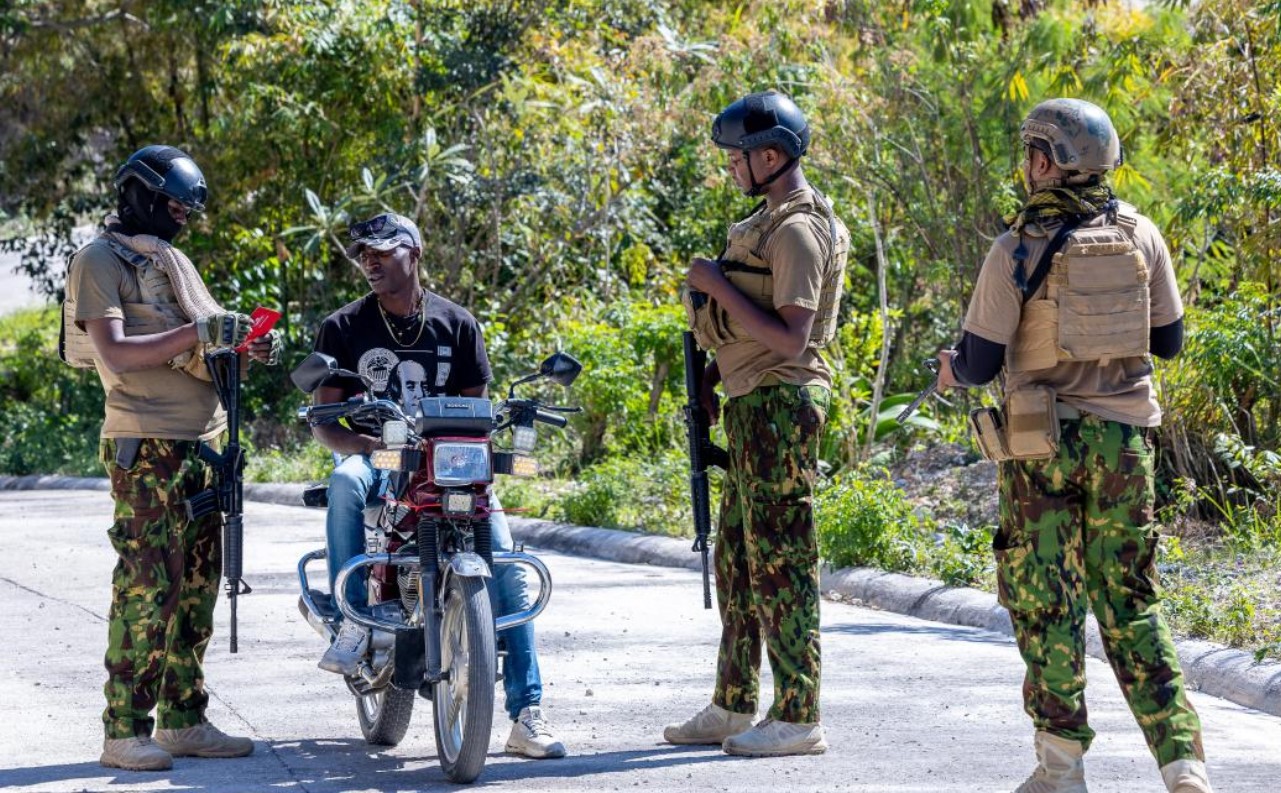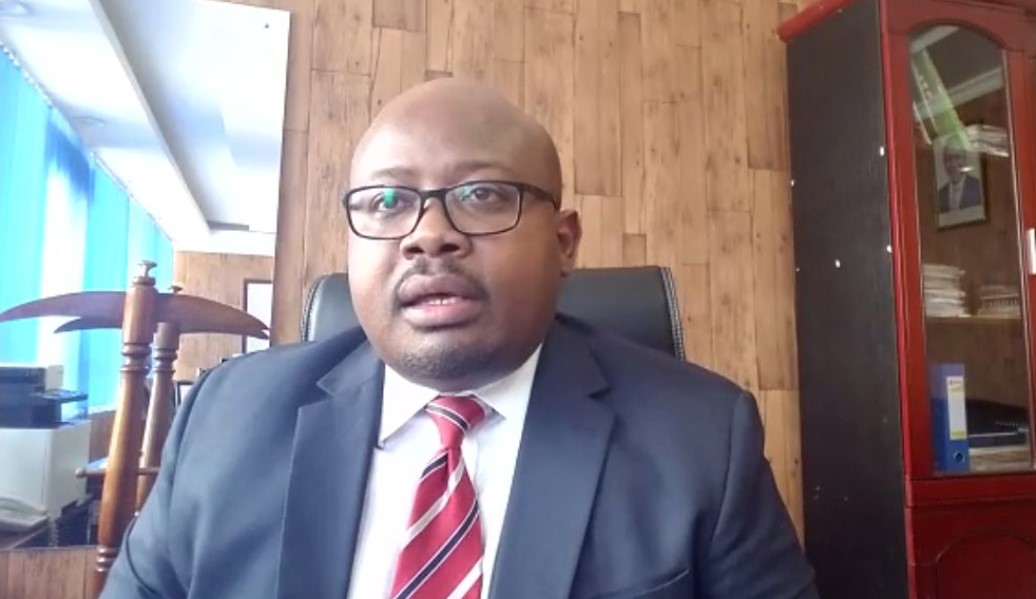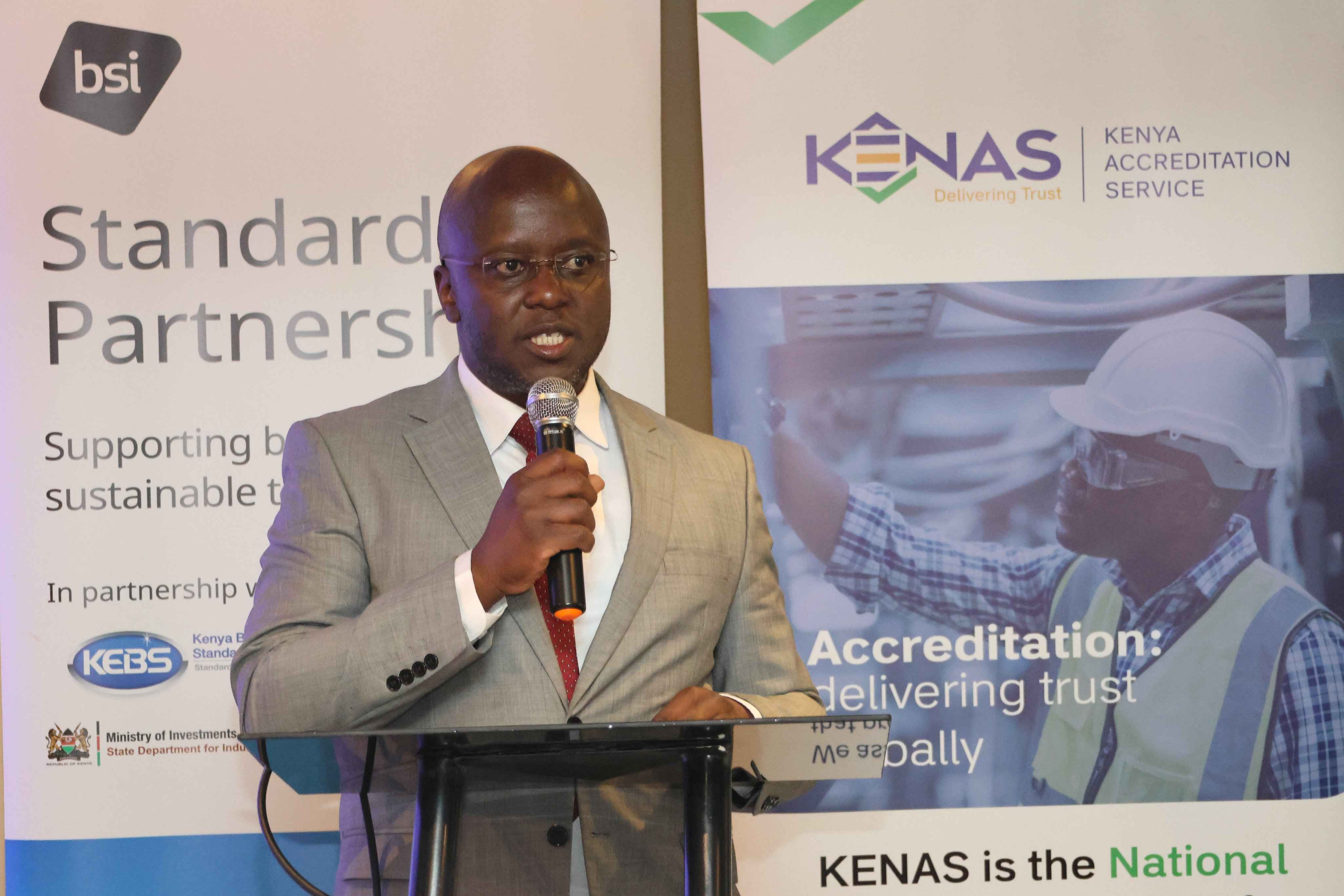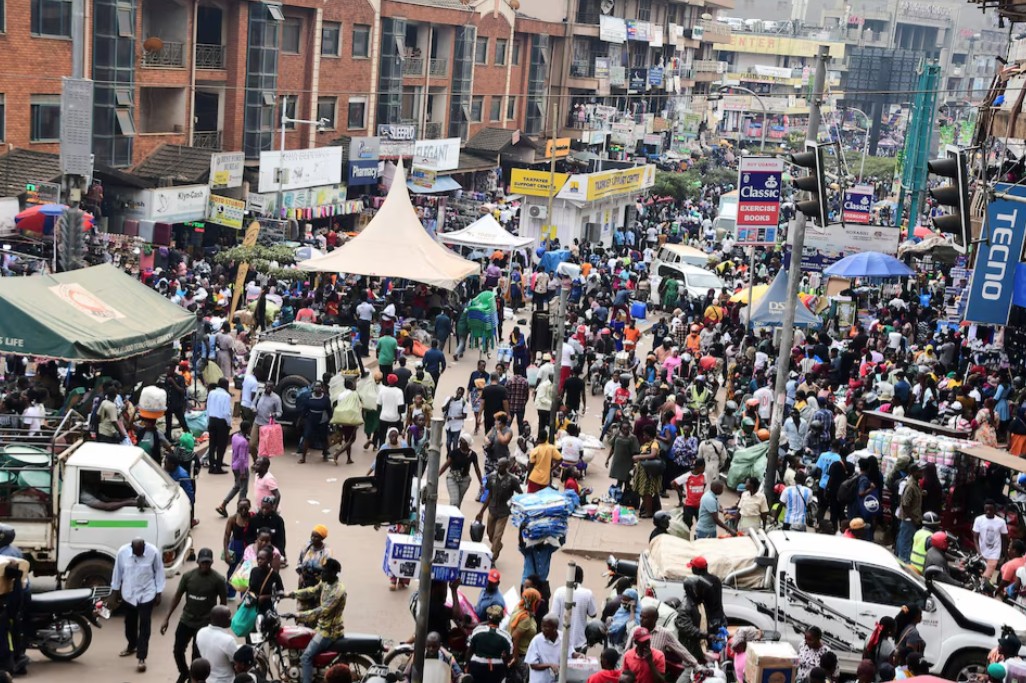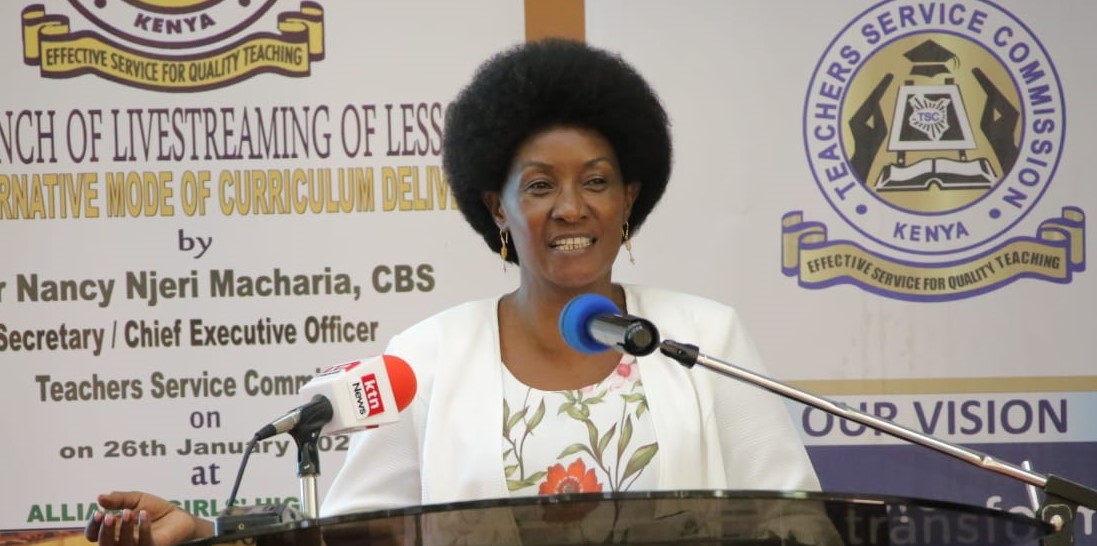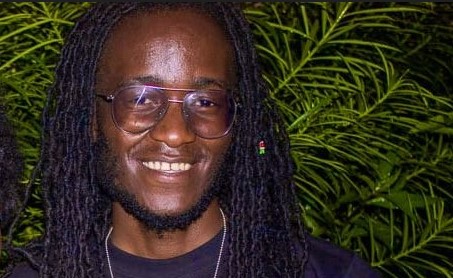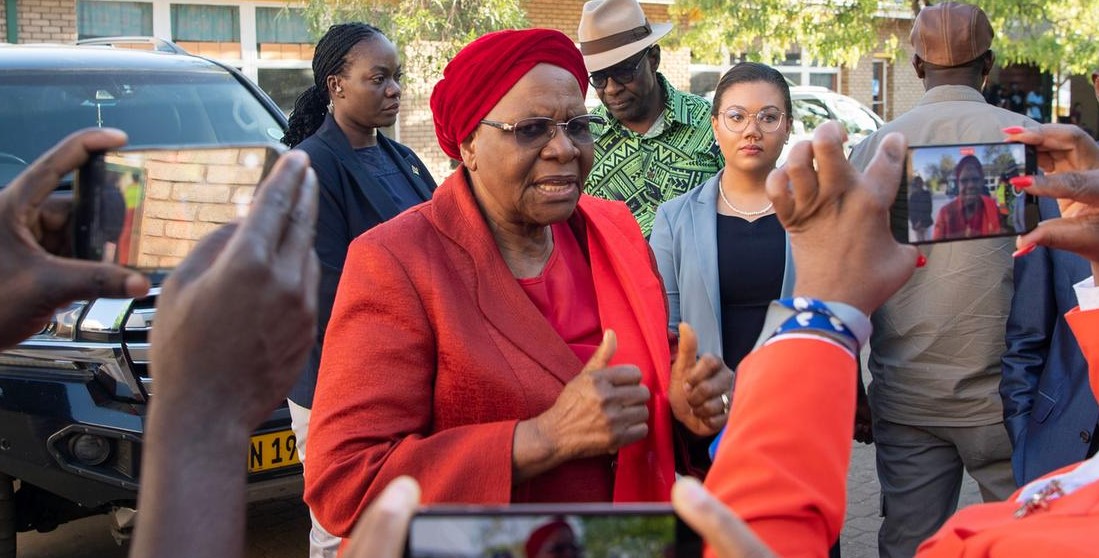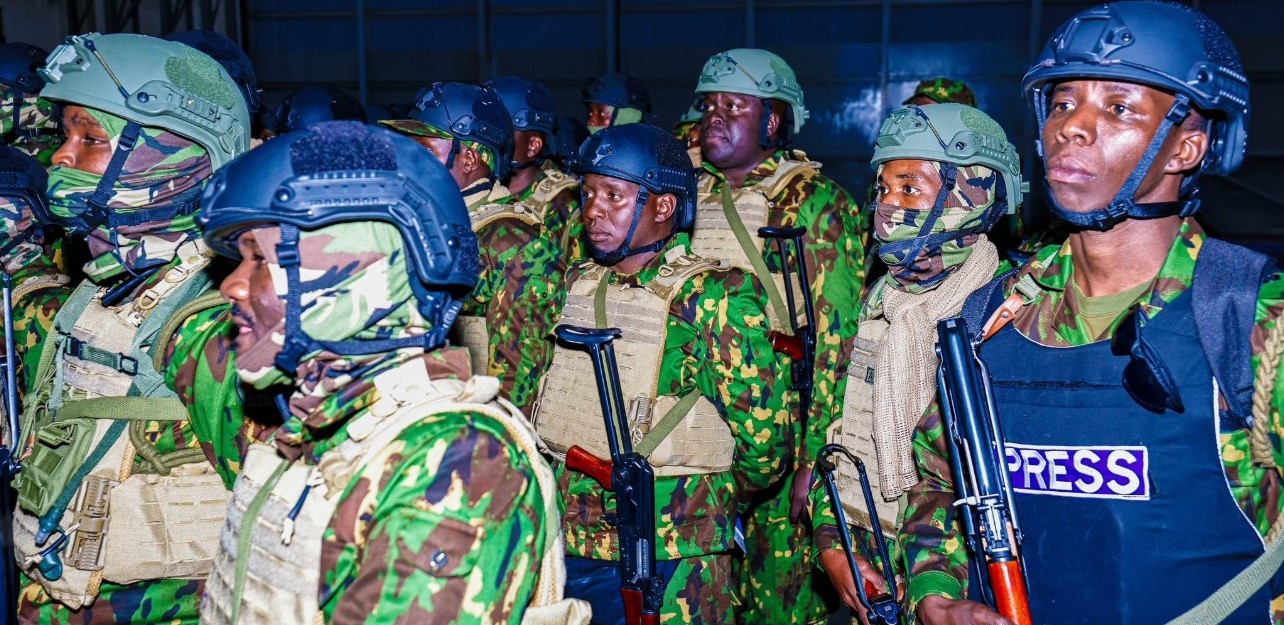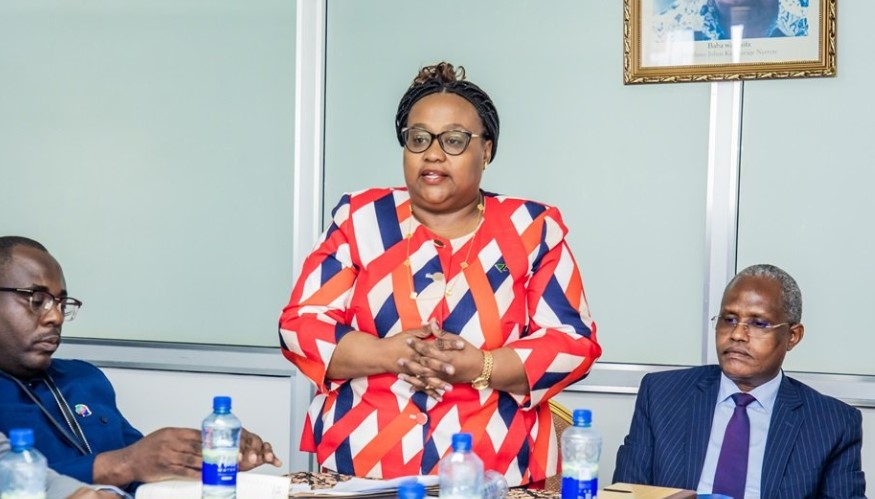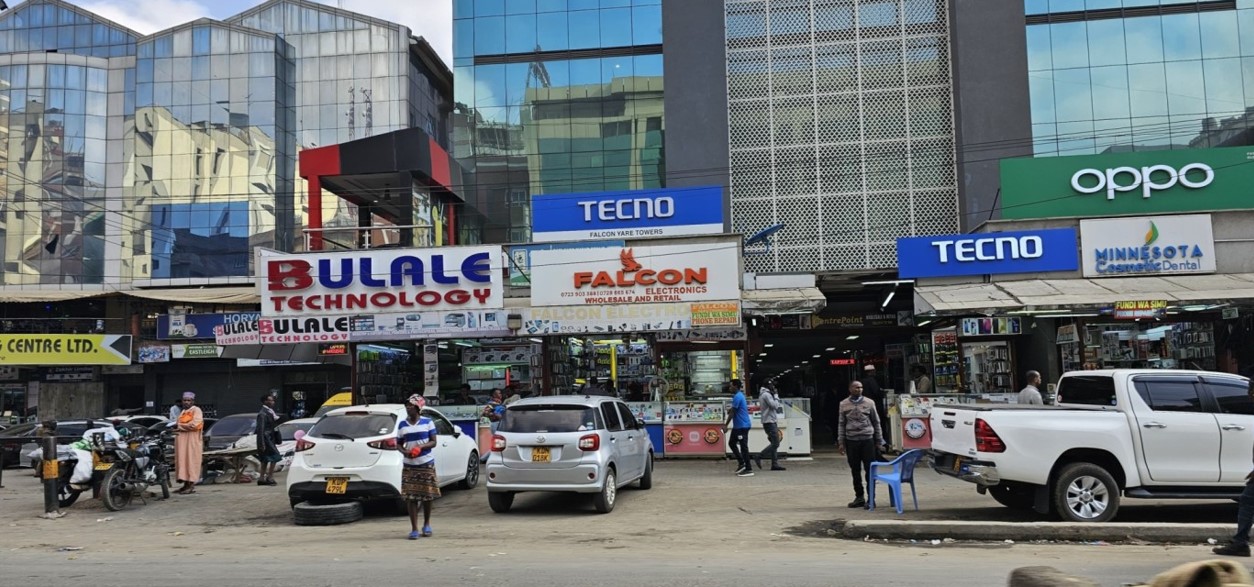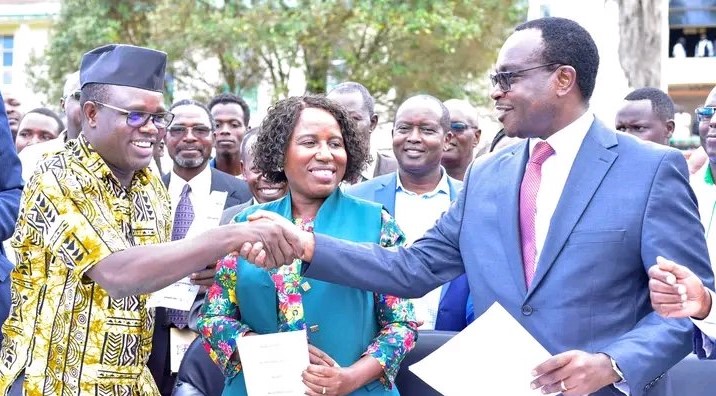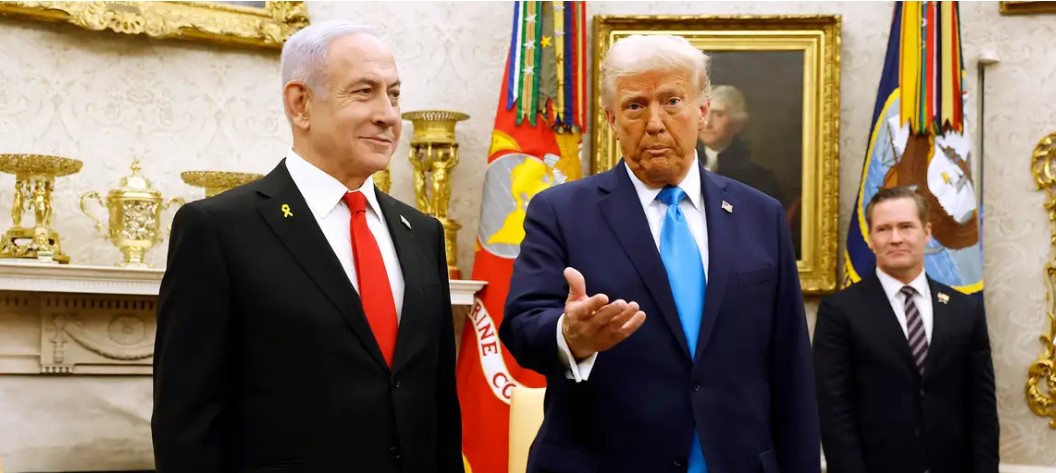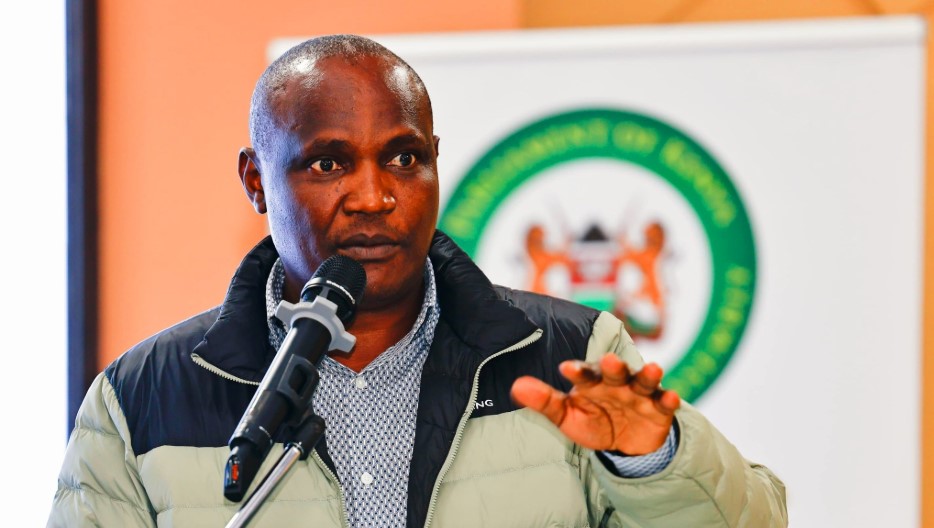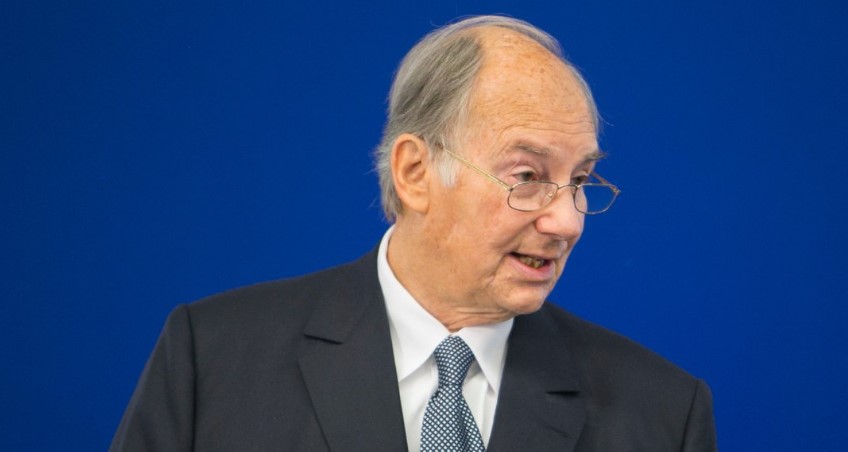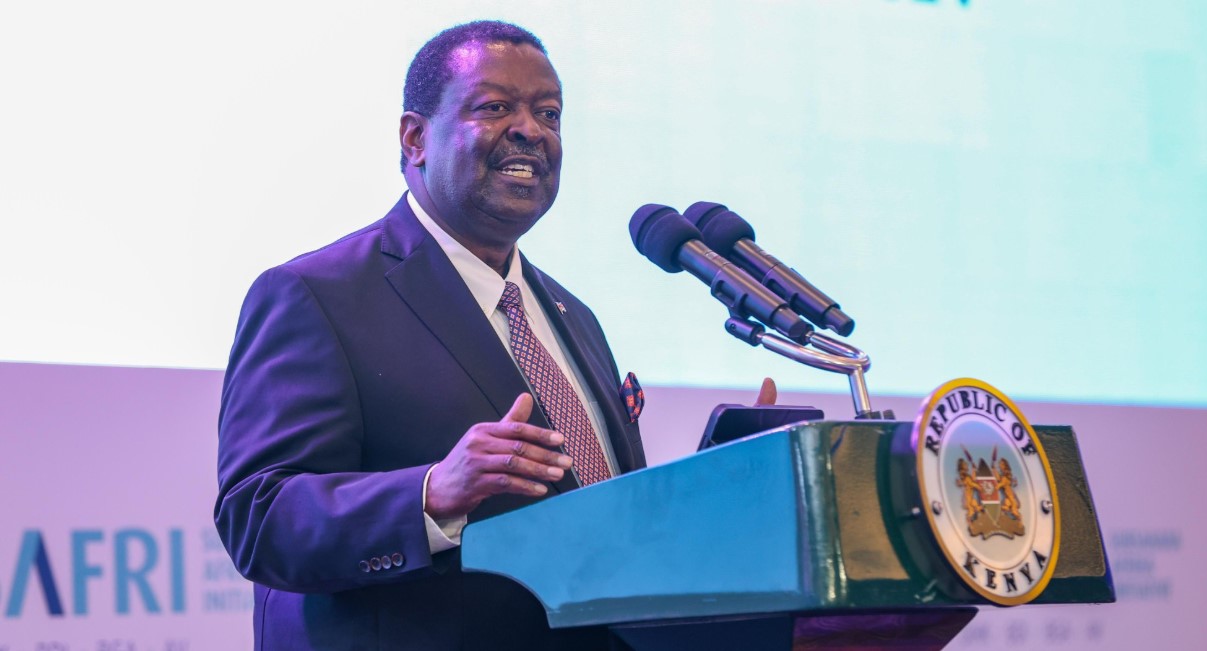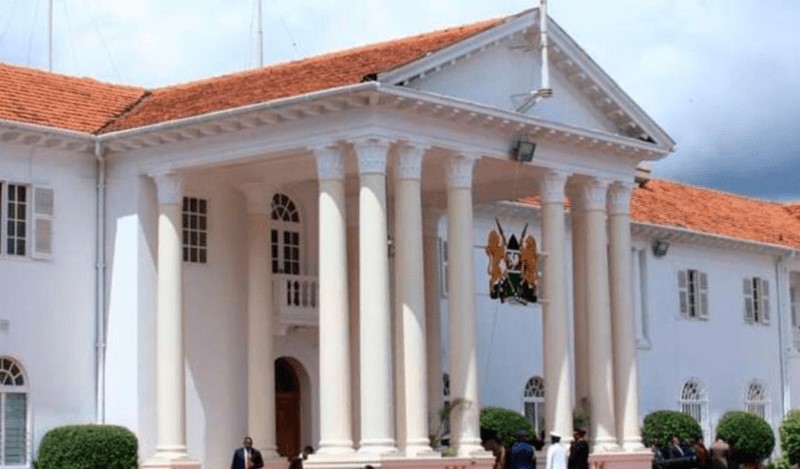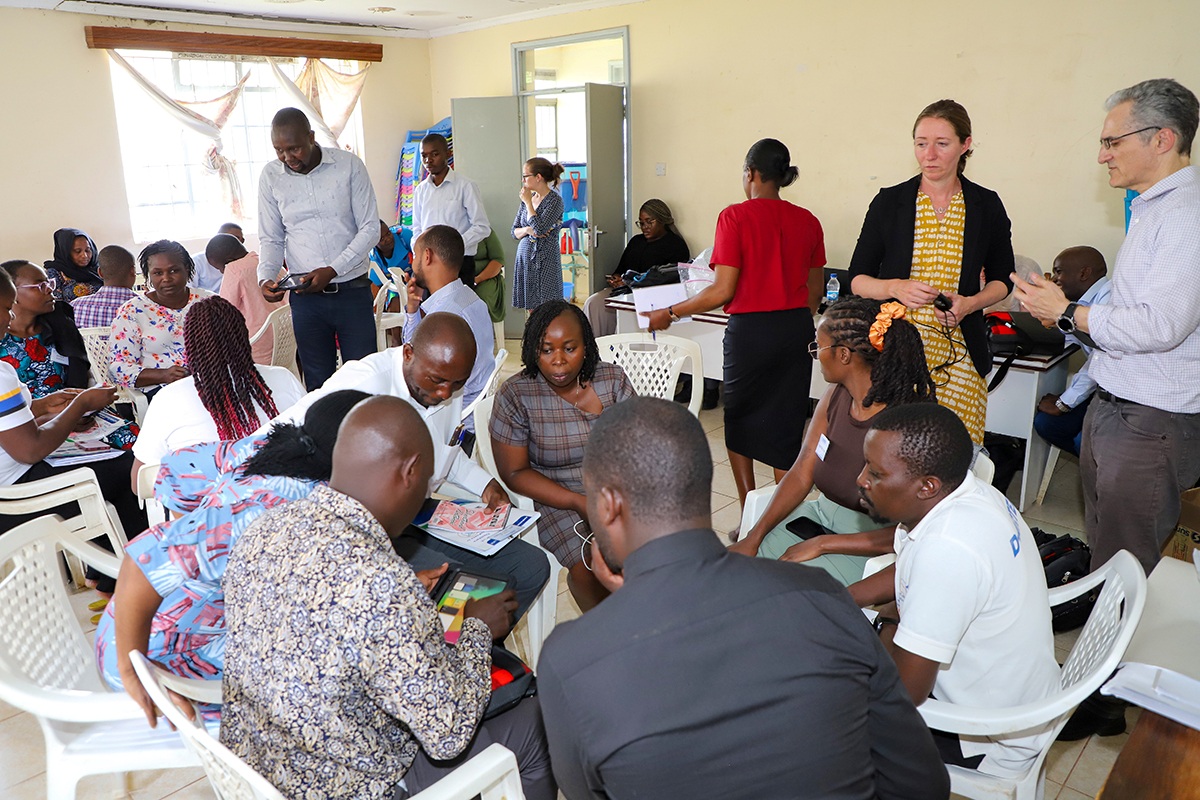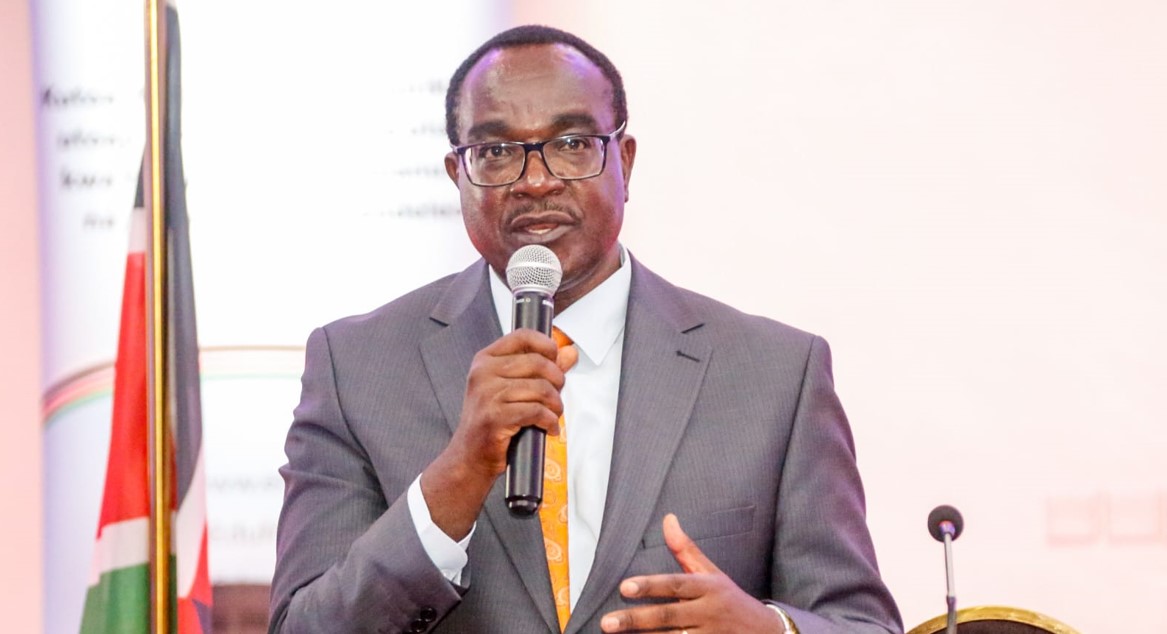Explainer: Understanding SADC's mandate in eastern DR Congo
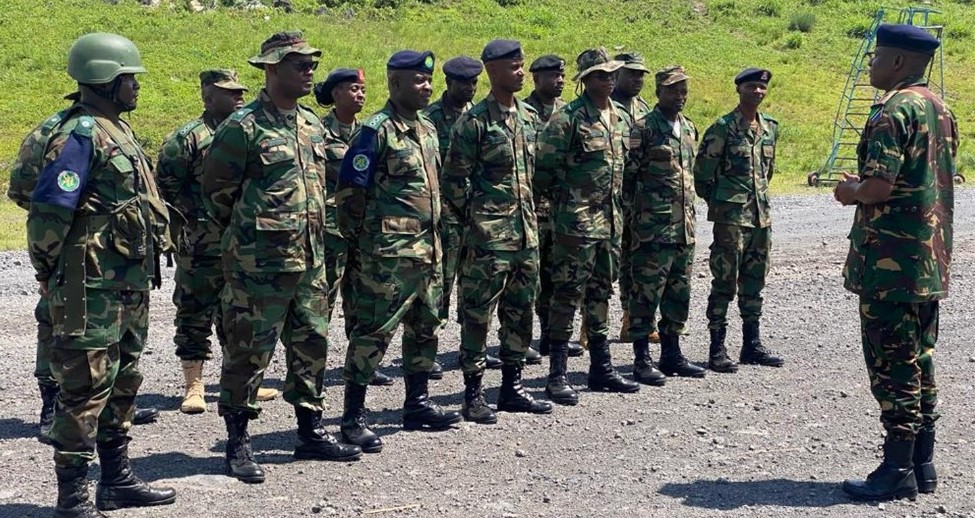
The mission began its peace enforcement efforts nearly from scratch following the return of armed groups mainly M23 to the areas they had withdrawn from.
In a heated session yesterday, members of the South African Parliament Defence Committee sought answers from the minister of Defence, Angie Motshekga, and General Rudzani Maphwanya, the Chief of the South African Defence Forces (SANDF), over the mandate of the SANDF deployed in the eastern Democratic Republic of Congo (DRC) under the Southern African Development Community (SADC) following the death of 14 of their soldiers in battle in the last two weeks.
The defence chief said that the soldiers were caught in the line of fire, as M23 took over control of Goma, the capital of eastern DRC, adding that they were not in close combat with the armed group.
More To Read
- Kagame says he's unsure if there are any Rwandan troops in eastern DR Congo
- Rwanda, DRC leaders to attend regional mediation meeting in Tanzania
- South African troops are dying in DRC: Why they’re there and what’s going wrong
- Tshisekedi declares war on M23 Rebels, accuses Rwanda of military involvement
A claim by the Defence minister that the soldiers were on a peacekeeping mission was met with anger from the MPs who questioned the soldier's readiness for the mission and the rationale for their deployment, urging for their repatriation back home to avoid further casualties.
According to the UN definition, a peacekeeping operation only uses force as a measure of last resort while peace enforcement uses military assets to enforce peace against the will of the parties to a conflict when, for instance, a ceasefire has failed.
Were SANDF troops on a peacekeeping mission?
We take a look at the SADC Mission in the Democratic Republic of Congo (SAMIDRC) and what its mandate has been.
SAMIDRC was deployed on December 15, 2023, to support the government of DRC to restore peace and stability in eastern Congo following the exit of the East African Community Regional Force (EACRF).
Different strategy from EACRF
The mission entered the theatre with a different strategy from EACRF which was tasked by its heads of state to restore peace and stability in the region, as a compliment to existing peace support mechanisms, such as MONUSCO, and other bilateral arrangements that were in place for the same cause and the dialogue efforts led by the Nairobi peace process as well as the Luanda process.
Initially, EACRF had been deployed as a peace enforcement mission but that posture was changed by a decision of the EAC heads of state that ruled out military action as having the possibility of bringing lasting peace in eastern DRC.
For instance, the 21st Extraordinary Summit of the Heads of State held in May 2023 in Bujumbura directed the regional force to, amongst others, safeguard civilians, and support the return of internally displaced persons to the areas then vacated by armed groups.
"The summit reaffirmed that the security situation in eastern DRC can only be sustainably resolved through a political process and dialogue among all the parties and urged the government of DRC to work with the facilitator to finalise the appropriate dates for resumption of the inter-Congolese dialogue," the communique issued at the time stated.
Neutralise negative forces
SADC's agreement with DRC, however, was that a contingent of 5,000 soldiers would "intervene and provide regional support in DRC to neutralise negative forces and armed groups in eastern DRC and restore peace and security in the country."
The mission began its peace enforcement efforts nearly from scratch following the return of armed groups mainly M23 to the areas they had withdrawn from after a breach of a months-long ceasefire between them and the local army-FARDC on October 6, 2023.
It was expected to leverage its experience in the region, having deployed a force intervention brigade (FIB) consisting of 6,000 troops from Malawi, Tanzania, and South Africa to stabilise the region and end mass atrocities in 2013. The FIB largely helped push M23 out that year, leading to its decade-long silence.
The mission was, however, returned to the region having not established some form of rapport with the outgoing force as confirmed by EACRF's Force Commander Major General Aphaxard Kiugu who at the time said his force did not formally handover its area of operation with the SADC force as required by military standards.
"Handing over EACRF's theatre of operation to the SADC force was not planned but it was our desire that we hand over to them before we exit... We did not have the opportunity to discuss it, so it has not happened. That is one of the reasons why M23 has exploited that gap and occupied most of the areas that they had previously vacated," he said a few hours before his exit from Goma.
Officials further say the mission returned less prepared for the war against M23 which has since grown in strength and firepower, a claim that the defence minister rubbished, saying pre-deployment training was conducted before the deployment of SANDF troops.
An extraordinary summit of the SADC heads of state on the situation in eastern DRC on Friday last week concluded that SAMIDRC was yet to achieve its mandate of restoring peace and defending the territorial integrity of the region.
Top Stories Today
